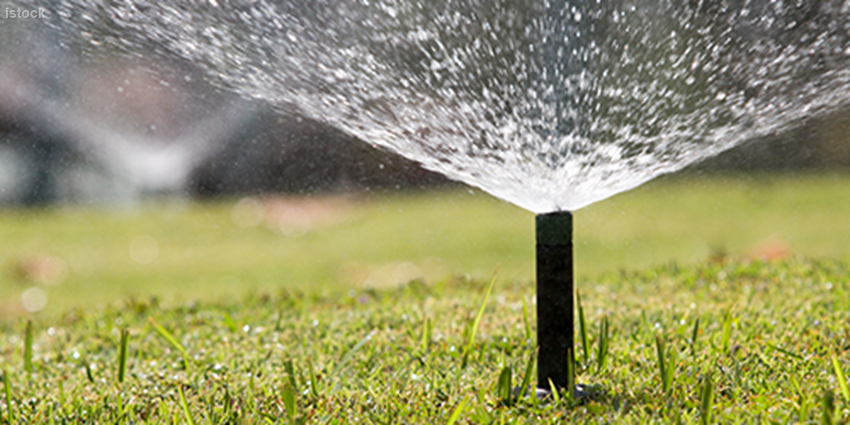Lawn owners may be second-guessing their regular maintenance practices, especially in the hottest and driest months.
Dr. Becky Grubbs, Texas A&M AgriLife Extension Service turfgrass specialist in College Station, has published a Water-Wise Checklist for Texas Home Lawns and Other Turfgrass Areas to help with lawn maintenance this summer.
“We know this is the time of year when Texans become particularly concerned about their lawns,” Grubbs said. “As our weather grows hotter and dryer, it’s increasingly important to find a balance with water use.”
She said many lawn owners tend to overwater, which is evidenced by runoff seen accumulating on neighborhood streets and sidewalks. This overwatering can lead to problems, but a few simple management changes can optimize water use and lawn health simultaneously.
Some of the points made on the checklist are:
- Mow at the upper end of the appropriate mowing height range for your species of grass. Taller grass equals deeper roots, which can improve overall infiltration and access to water deeper in the soil. For more information on appropriate mowing heights per grass species, visit the Aggie Turf website.
- Follow the “1/3 Rule.” Mow frequently enough to never remove more than 1/3 of the total grass mowing height at one time. Scalped grass is stressed grass. Stressed grass will be less tolerant to heat and drought, and more vulnerable to other pests or fungal pathogens.
- Water deeply and infrequently. Try to water to a depth of about 6 inches each time you water. Watering this way encourages deeper, denser root growth. Again, this can improve infiltration and access to water deeper in the soil.
- Wait to water until visual wilt is occurring. Water late at night or early in the morning to reduce evaporative losses, improve water-use efficiency and reduce length of overall leaf wetness, which reduces disease potential.
- Use the “Cycle Soak Method.” Because sprinkler precipitation rates usually exceed soil infiltration rates, cycle soaking improves soil water infiltration and reduces runoff by “pulsing” water onto the lawn in small amounts over several hours.
Read the complete AgriLife Today story.



